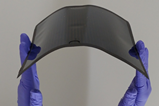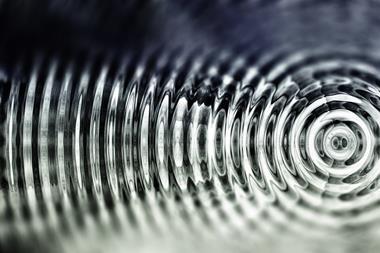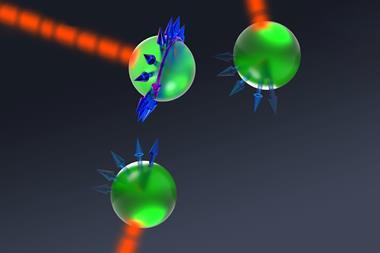Theoretical chemists have developed an approach for understanding magnetic spin coupling from a real space perspective, where they consider the delocalisation of electrons rather than focusing on the one-electron orbital picture. Completely compatible with existing models for magnetic spin coupling, this new perspective could help advance our understanding of the phenomenon.
Many modern technologies rely on controlling a system’s magnetic properties by manipulating its chemistries. Understanding magnetic spin coupling is key to understanding and controlling these magnetic interactions, and this understanding currently uses a one-electron picture, where the electron is confined to a single orbital and orbital overlaps determine interactions.
‘We want to transform orbital thinking, which is dependent on what type of orbital you choose, into something independent of orbitals that can be used for any wavefunction, any model, or any computational scheme,’ explains Ángel Martín Pendás from the University of Oviedo, Spain, who led the work. ‘We are restating the language of chemistry from orbitals and overlaps into how electrons delocalise in space.’
The real space equivalent of magnetic coupling can be understood as how well the system’s unpaired electrons are able to delocalise. Any barrier that impedes this spatial delocalisation may affect spin up and spin down electrons differently due to Pauli’s principle and, as such, the delocalisation properties of magnetic centres change, giving a preference to ferro- or antiferromagnetic coupling.
‘This study is part of an excellent research program that the Oviedo group has been carrying out on the real-space interpretation of physical and chemical phenomena,’ comments Paul Popelier who studies intermolecular interactions using computational chemistry at the University of Manchester, UK. ‘Here too, in the case of something as fundamental as magnetic spin coupling, the orbital-invariant real-space interpretation does away with the manipulation of the direct exchange and ionic antiferromagnetic contributions.’
By looking at the two simplest cases of magnetic spin coupling, ie, H2 and the H–He–H bridge, the researchers show that electron delocalisation drives the formation of singlet–triplet gaps (which are key to controlling magnetic properties for technological applications). This new approach can, therefore, uncover ways to tune the magnetic properties of materials that are unclear from the orbital viewpoint.
Martín Pendás hopes that this new perspective will open avenues to understand problems that are not easy to grasp using an orbital-dependent picture. ‘The real-space approach of quantum chemical topology is a welcome development and offers a replacement for the almost 50-year-old Hay, Thibeault, Hoffmann (HTH) paradigm,’ adds Popelier.
For their next challenge, Martín Pendás and his team hope to tackle the generalisation of orbital angular momentum and, with this, develop the tools to study the processes of real systems from a fully orbital-independent perspective.
References
This article is free to access until 16 March 2022
A Martín Pendás and E Francisco, Phys. Chem. Chem. Phys., 2022, 24, 639 (DOI: 10.1039/d1cp03485e)

















No comments yet